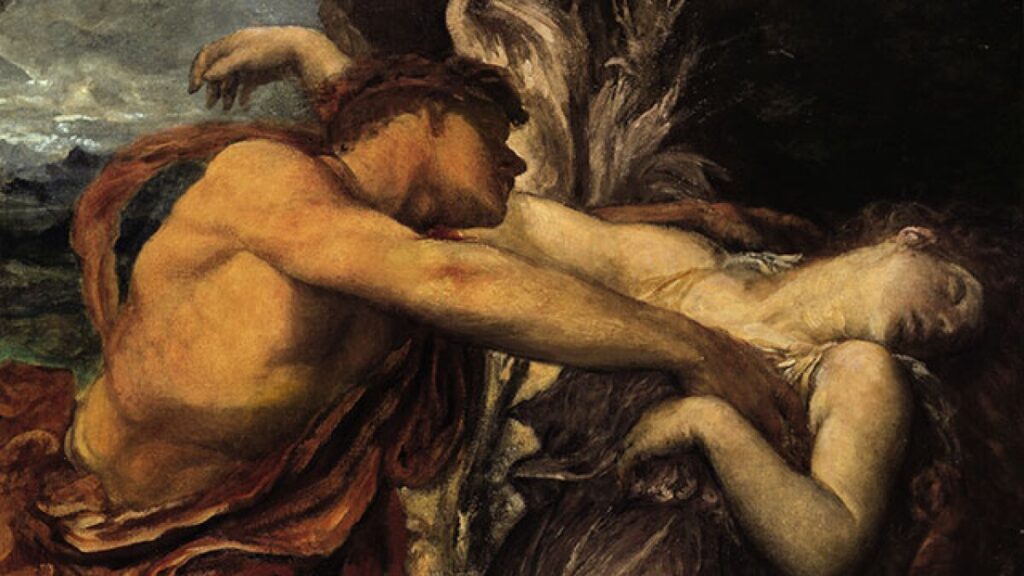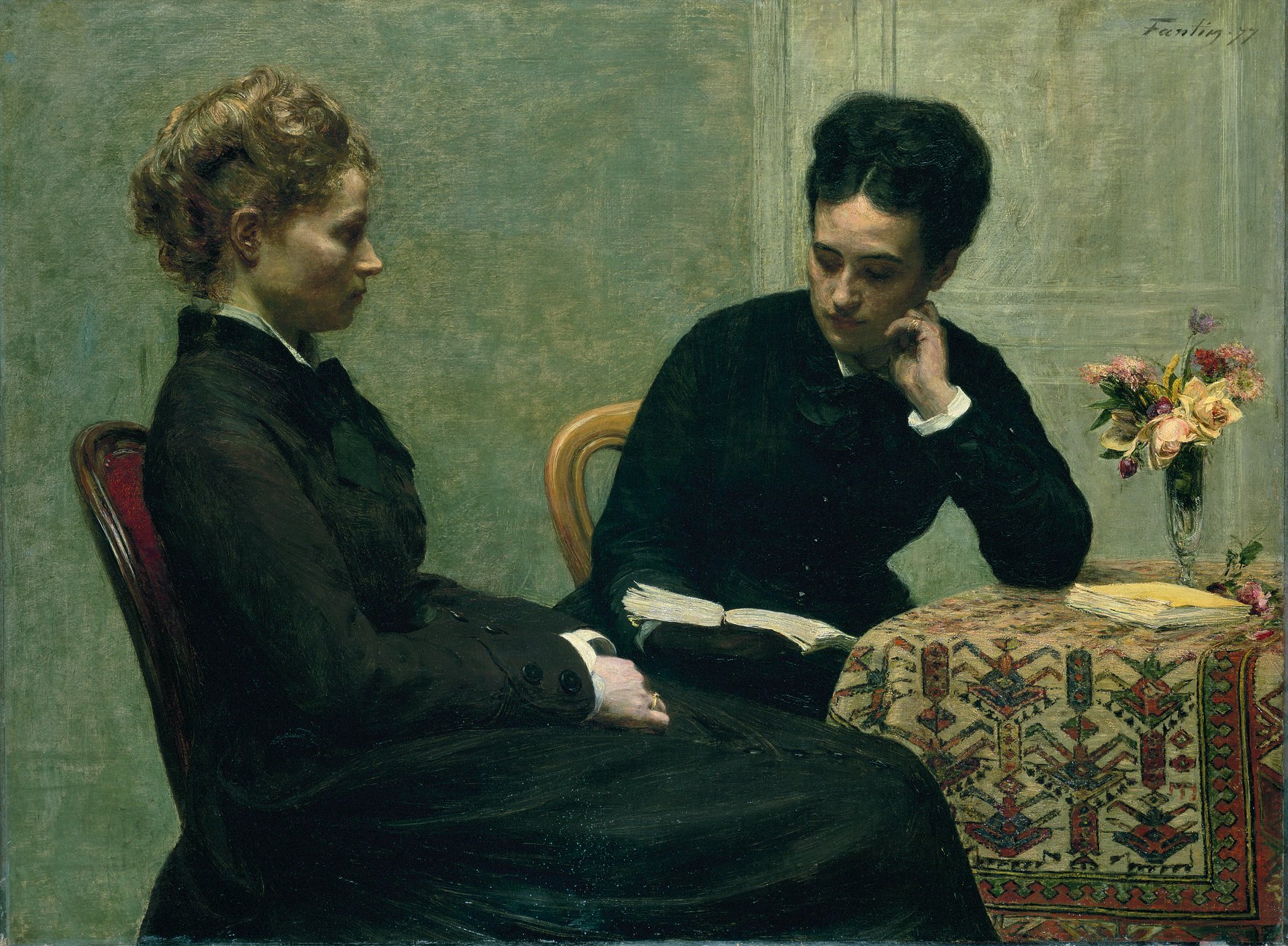The drama of the soul is the drama of exile. In the human heart the memory of unity lingers, but mundane life is lived in division. The psyche carries within it a double figure: the self presented to the light and the hidden shadow. To integrate that shadow is to acknowledge the dyad within and to begin the movement of return. In the mystical tradition of reintegration, the same pattern is described on a higher scale; man fallen from the primordial state must be gathered once more into the monad of Divine origin. The psychological and the Spiritual echo each other; the one within reflects the other above.

I. The Dyad of the Fallen
To live in division is to repeat the story of the fall. Ancient teaching spoke of the primordial Adam Kadmon clothed in glory, a being of unity who through separation descended into multiplicity. Spirit and matter, light and obscurity, stood apart. The Martinist doctrine of reintegration describes the long labour of restoring that unity.
The shadow of Jung is the intimate sign of this cosmic drama. Within each soul the same fracture appears; the accepted self against the denied self, the visible against the hidden. The shadow is the part that has been exiled from the conscious realm. To recognise it is to admit the dyad that inhabits the psyche. This recognition is not identification per se; it is the embrace of the double without surrender to its rule. The Martinist recognises the same necessity; one must face the fruit of the fall without mistaking it for the centre. The dyad is the signpost to the higher unity.
II. The Work of Reconciliation
Integration of the shadow is reconciliation, just as reintegration is reconciliation on the universal scale. In the psyche, reconciliation brings what was hidden into awareness, placing it under the Light. In the cosmos, reintegration gathers the scattered fragments of man and creation back into harmony with the Divine source. Both demand that the exiled be recognised, not enthroned.
The alchemists called the first stage nigredo; descent into the blackness where the fragments are revealed. To enter that blackness is to face the shadow. The danger is identification, where the soul mistakes the double for the whole. The task is to endure the sight of the dyad and to wait until Light brings form to what was shapeless. Coagula follows, the rising of a new figure in which the parts are reconciled. This pattern is psychological and spiritual at once; it is the same mystery in two mirrors.
The Martinist doctrine of reintegration declares that one must regain the state of unity prior to the fall. That path is cosmic and interior. When the shadow is reconciled with the conscious self, the soul rehearses in miniature the same work. The exile within finds a place and the dyad ceases to rule. In this way the work of the psyche aligns with the greater work of grace; both are movements of reconciliation that anticipate the monadic return.
III. The Return to the Monad
The end of the path is the monad. Jung called it the Self, the inner image of divine totality. The Martinist called it reintegration, the restoration of the primordial dignity. Both speak of a state where division is overcome, where the dyad is recollected into unity.
To live in the monad is not to erase the memory of shadow but to place it within the harmony of the whole. The reconciled soul is not without struggle, yet it no longer lives torn in two. The dyad has been embraced, the shadow acknowledged, and the centre restored. This is the secret of the Christ, in whom the human and the Divine are reconciled, in whom the exile is brought home.
The integration of the shadow is much more than a psychological technique; it is a sign of the reintegration of all things. The Martinist vision of man’s return to the source is mirrored in the individual’s return to the Self. The two movements reflect each other like microcosm and macrocosm. When the soul embraces its double without surrendering to it, it begins to echo the cosmic restoration. The work of reintegration is not only in the heavens but also in the hidden chambers of the heart. To reconcile the dyad within is to prepare for the monad above and to remember that the Light never ceased to shine, even when exiled in shadow.
Κύριε ελέησον
